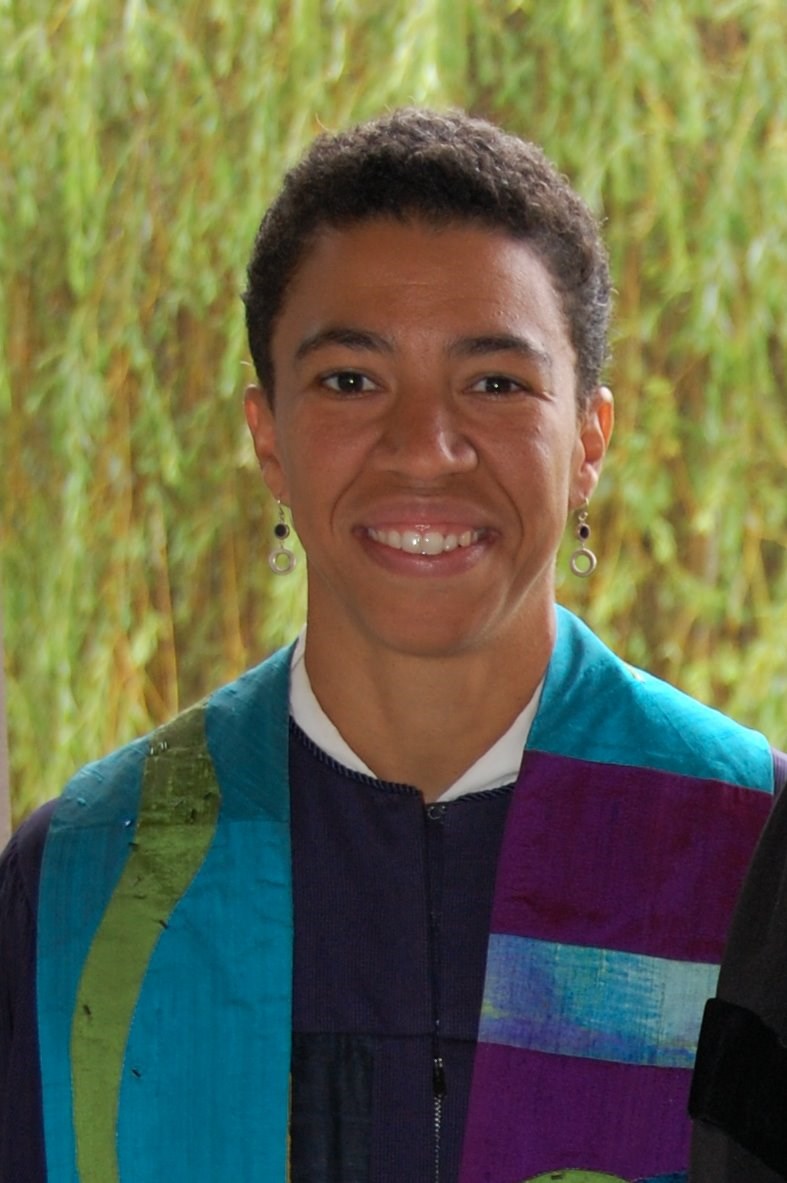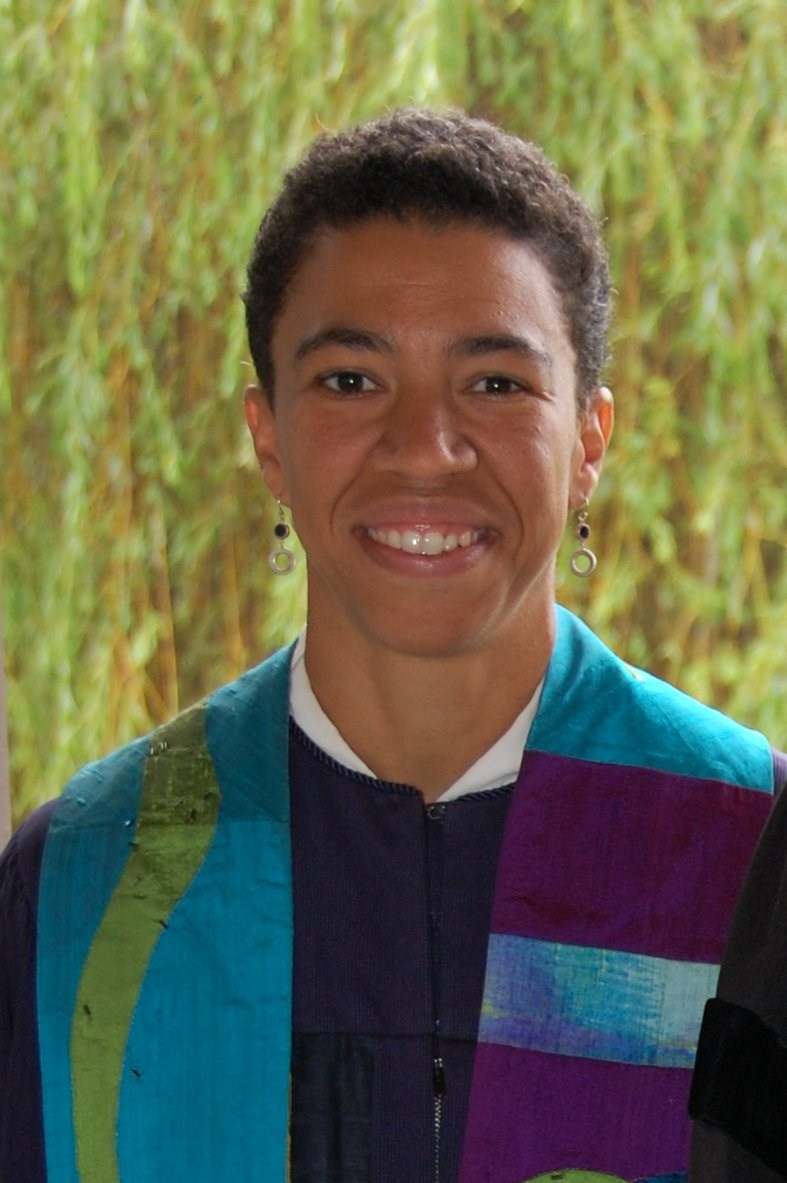I used to believe, perhaps somewhat naively, that the purpose and outcome of involvement in a spiritual community was obvious. It seemed clear to me and intuitive that people join or regularly attend churches or synagogues or mosques or sangas for two clear reasons: 1) to be a part of a community beyond their immediate circle of family and friends and 2) to explore the ultimate questions of human existence. I still think both of these core goals are at the heart of why people seek out spiritual communities (if they do), but I have begun recently to think more deeply about the complexity inherent in the first point.
We all long for meaningful connections. We want and need good friendships and a support system that goes beyond our immediate family. Many people feel isolated, or as though they are not as connected as they long to be. Up until recently, I think I had assumed that everyone had some level of natural ability to connect. Lately, though I have realized that though the desire to connect is an inherent part of being human, the art of building those connections is not as clear- cut.
For most of us, the culture we have grown up in is very “I”centered. We learn how to pay attention to our own needs and wants. What we don’t learn is how to be a part of a we. We don’t learn how to navigate or negotiate in such a way that we can see where “I might need to let go of my need to be right or get my way” at times in order for the we, the whole to thrive. We don’t learn tools or skills in how to have difficult conversations or face our own biases. Given all of this, is it any wonder that divorce rates are high and community and civic institutions seem to be floundering and dying?
In order to change these trends, it will take nothing short of a cultural shift. Many individuals will have to decide to put time and effort into being connected in community. We’ll have to do the internal searching it takes to figure out how to best communicate with others. We’ll have to move beyond the silos of work and family to relate to neighbours and more people beyond our normal sphere of interaction. Again, all of this sounds fairly simple, but if you have ever tried to connect outside of your comfort zone, or after a misunderstanding, or across a substantive difference, you know just how hard this can be.
I hope we’ll see this cultural shift, but I am clear now just how daunting a task it is. It is far easier to remain complacent and to continue on our current path. In order to embrace new models of connection and community we might have to learn from other cultures that already do this better than the dominant Western, white norm. What do Indigenous communities have to teach us? What do other communities of colour have to say? What do spiritual or religious communities that emphasize our connection to “all beings” and “all our relations” teach us about to whom we are connected and how much influence our lives have on one another?
We are more connected than we think.Ã˝ We need to make ties that matter. I hope that our sense of interdependence and willingness to grow our circle of connection will increase. It can be a challenge to expand our compassion and care for strangers, and to become better at communicating (both speaking and listening) so that we truly meet. Given how divided our world currently feels and how many people are isolated and alone, there is much to be done.
 Rev. Shana Lynngood is co-minister of First Unitarian Church of Victoria and is a chaplain at University of Victoria. She has lived in Victoria since 2010.Ã˝
Rev. Shana Lynngood is co-minister of First Unitarian Church of Victoria and is a chaplain at University of Victoria. She has lived in Victoria since 2010.Ã˝
You can read more articles from our interfaith blog. Spiritually Speaking,
* This articled was published in the print edition of the Times 91‘≠¥¥ on Saturday, March 17 2018



